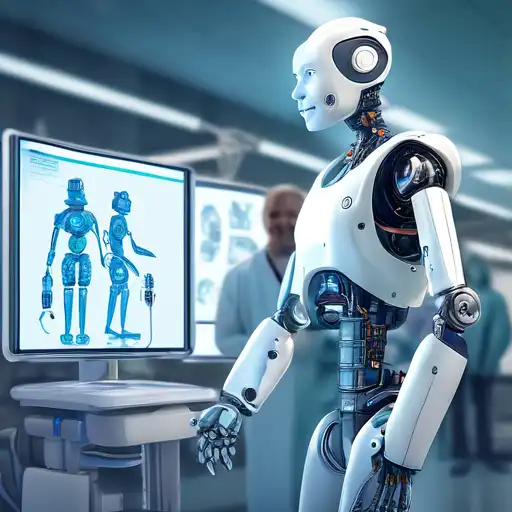The Dawn of Robotics in Healthcare
The integration of robotics into healthcare is revolutionizing the way medical services are delivered. From surgical procedures to patient care, robotics technology is setting new standards for precision, efficiency, and safety. This transformative approach is not just enhancing the capabilities of healthcare professionals but also improving patient outcomes significantly.
Applications of Robotics in Healthcare
Robotics technology finds its application in various facets of healthcare, including but not limited to:
- Surgical Robots: These are perhaps the most well-known applications, enabling surgeons to perform complex procedures with greater precision and control.
- Rehabilitation Robots: Designed to assist patients in recovering from strokes or injuries, these robots support physical therapy and improve mobility.
- Pharmacy Automation: Robots are increasingly used in pharmacies for tasks like sorting and dispensing medications, reducing human error.
- Patient Care Robots: These robots assist in lifting patients, delivering meals, and even providing companionship, thereby reducing the workload on healthcare staff.
Benefits of Robotics in Healthcare
The adoption of robotics in healthcare brings numerous benefits:
- Enhanced Precision: Robots can perform tasks with a level of precision that is hard to achieve manually, especially in surgeries.
- Reduced Recovery Times: Minimally invasive robotic surgeries often result in shorter hospital stays and faster recovery.
- Increased Safety: By taking over hazardous tasks, robots minimize the risk of infections and injuries to both patients and healthcare workers.
- 24/7 Availability: Unlike humans, robots can work around the clock, ensuring continuous patient care and monitoring.
Challenges and Considerations
Despite the advantages, the integration of robotics into healthcare is not without challenges. High costs, the need for specialized training, and concerns over job displacement are significant hurdles. Moreover, ethical considerations regarding patient privacy and the extent of robot autonomy in care decisions remain topics of debate.
The Future of Robotics in Healthcare
The future of robotics in healthcare is bright, with ongoing advancements in AI and machine learning paving the way for more sophisticated applications. From telepresence robots enabling remote consultations to nanorobots targeting diseases at the cellular level, the possibilities are endless. As technology evolves, so too will the role of robotics in transforming healthcare delivery.
For more insights into how technology is shaping the future of healthcare, explore our technology trends section.
In conclusion, robotics in healthcare is indeed a game changer, offering unprecedented opportunities to enhance patient care, improve outcomes, and streamline healthcare operations. As we navigate the challenges and embrace the potential, the synergy between humans and robots in healthcare promises a healthier future for all.
